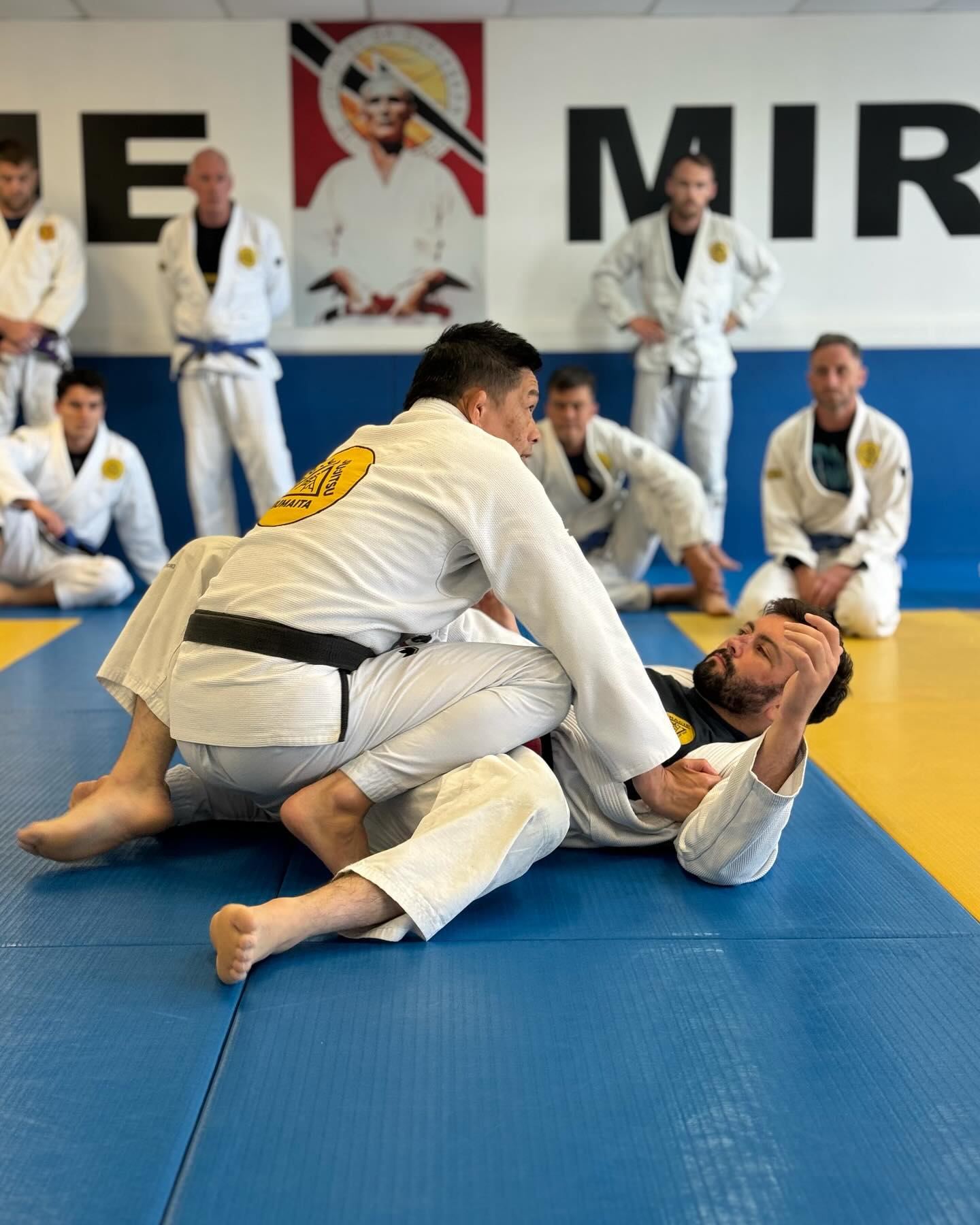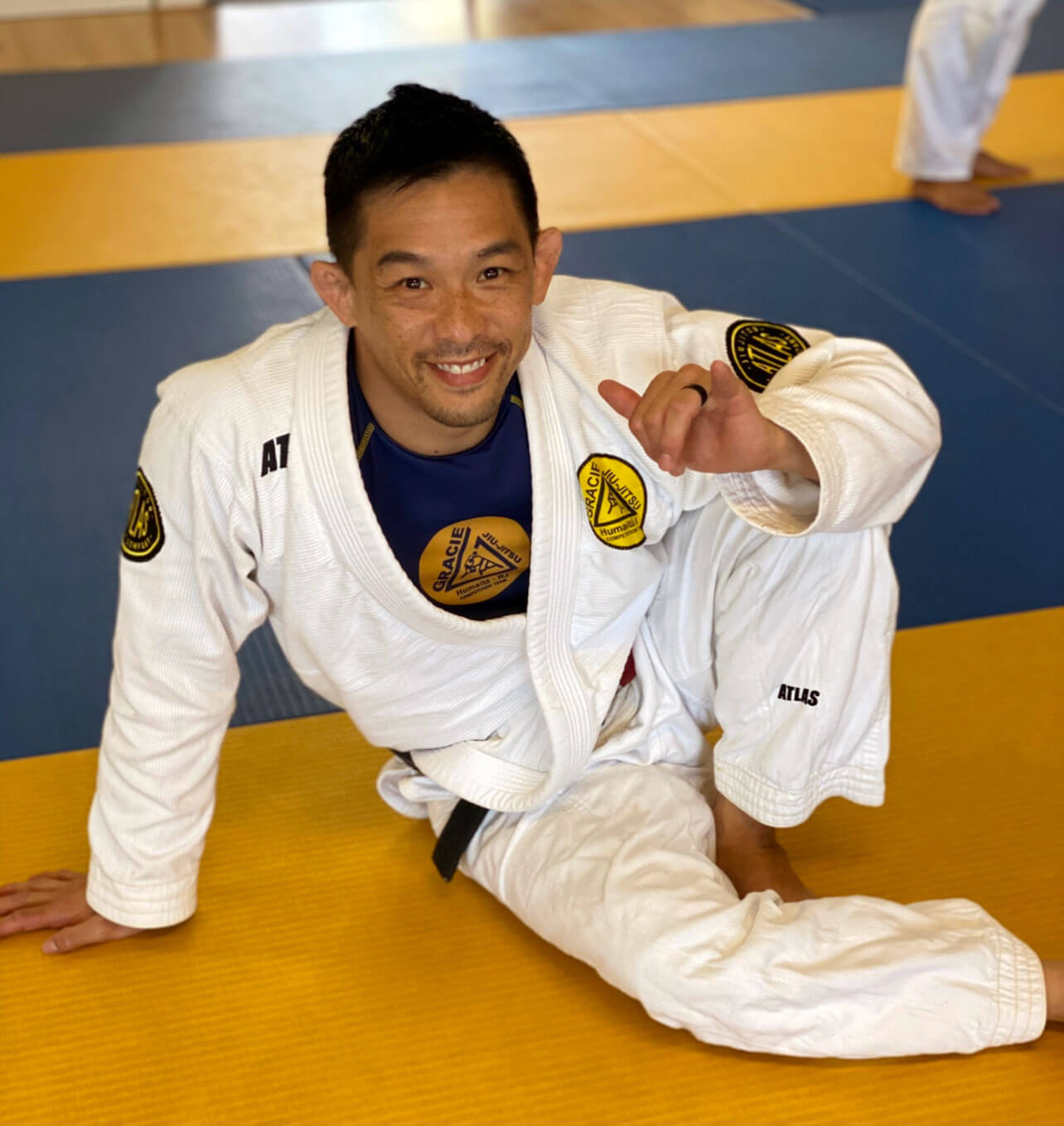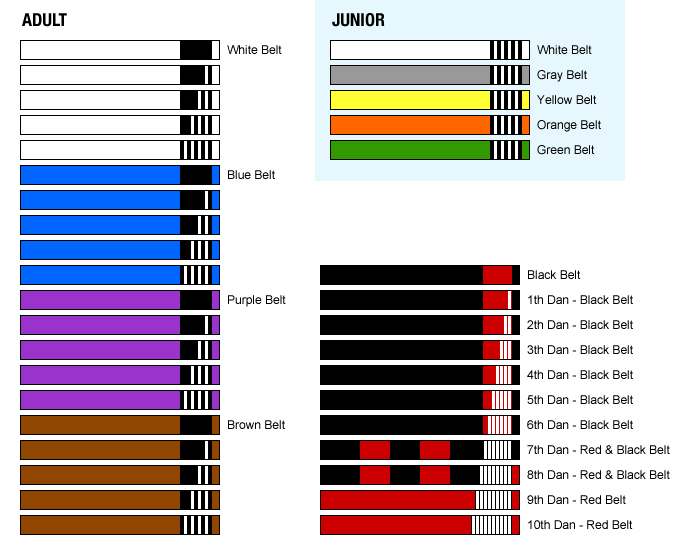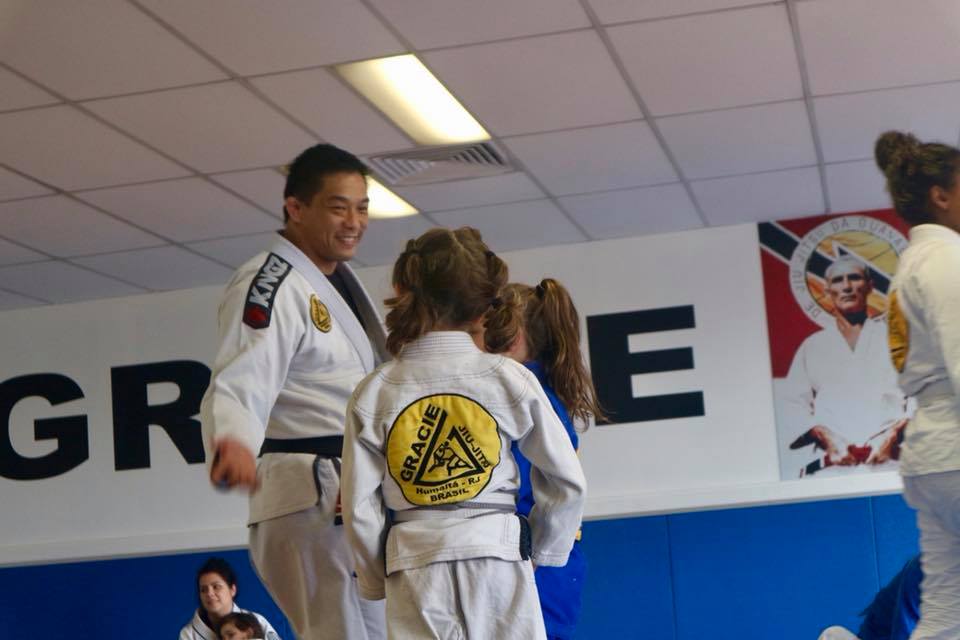Martial arts are a great activity for kids. But if you’re a parent looking to sign up your boy or girl, you may be confused about which martial art is best — and what the differences are.
At Gracie Miranda, we teach Brazilian Jiu-Jitsu (BJJ). It’s a grappling art originating in Brazil (as you could have guessed), one that’s suitable for children 5 and up to train.
You may have heard about Jiu-Jitsu, or other martial arts like Kung-Fu, Karate or Taekwondo. But while all fall under the same category of “martial arts”, there are big differences between all of these that you should know about.
In this blog we’ll talk a bit about these differences, and also why we believe Brazilian Jiu-Jitsu (BJJ) is the premiere martial art for kids.
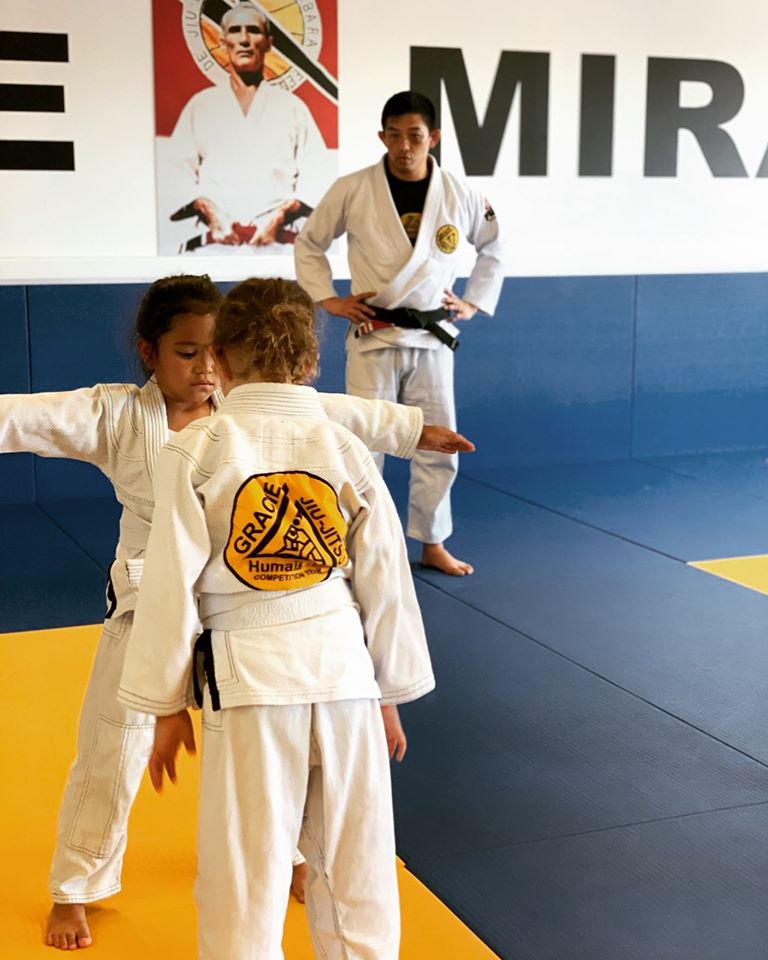
Ground grapple
When parents unfamiliar with martial arts think of the term, they usually think of striking-based disciplines like Kung-Fu, Taekwondo, or even Thai Boxing. Some may even have fond memories of breaking wooden blocks in Karate classes as a kid.
These are valuable martial arts, but Jiu-Jitsu is completely different. If you’re thinking of signing your kid up to martial arts classes, the first thing to know is that there’s no striking in Jiu-Jitsu. Of course, being all about self-defence, students will learn how to defend against strikes. But they won’t learn how to perform strikes.
Instead, most BJJ techniques revolve around wrestling to secure a safe position and then applying a submission hold.
The second key differentiator is that BJJ predominantly focuses on ground combat. Takedowns are an element of Jiu-Jitsu, but only one part of a much larger game. This differentiates it from other grappling arts like Judo and wrestling, both of which have a heavy emphasis on vertical grappling and takedowns.
So while it can be confusing to tell the differences between similar-looking martial arts, just know that Jiu-Jitsu really is unique.
Why the difference?
The fact that BJJ focuses on ground grappling isn’t just a matter of difference for the sake of it. There are significant benefits that come from this style of self-defence, and they benefit kids a lot.
The guiding principle of Brazilian Jiu-Jitsu is that technique is more important than strength, size or athleticism. This is in large part achieved by it being a ground-based grappling art.
Size, strength and athleticism tend to matter far more in striking martial arts. Compare something like boxing, where it would be seen as irresponsible to have a smaller boxer fight a bigger one, and the original UFC, in which Jiu-Jitsu fighter Royce Gracie defeated opponents significantly larger than himself. Phrases like “packing a punch” signify how the strength and power of a striker drastically impacts the force of their strikes. In Jiu-Jitsu, a well-applied choke is a well-applied choke: Size won’t make a huge difference.
Don’t be misled, it’s certainly true that size, strength and agility are benefits in Jiu-Jitsu. If two practitioners are of even skill level, the more athletic one is likely to win. Similarly, being 20kg heavier than your opponent confers a significant advantage. But this advantage can absolutely be overcome by sharper technique, which is not always the case in striking martial arts.
Here’s where the ground becomes another factor. Even if your opponent does have a big size and strength advantage, it’s harder for them to utilize it while on the ground. (Force is usually generated with aid from the legs, which are neutralized on the ground.) This is why it benefits smaller, weaker people to take a fight to the ground.
Bullyproof
Using this logic, you can see how Jiu-Jitsu is particularly effective for kids. It’ll give them the tools they need to protect against bigger, stronger kids that might try to bully them.
There’s another reason BJJ is a particularly good martial art for kids: It’s safer.
As noted, many striking martial arts provide effective self-defence skills to kids too. It would be unfair to say Jiu-Jitsu is the only good system. However, striking martial arts can be unintentionally dangerous.
A child may only intend to defend himself by punching a bully, but may unintentionally cause grievous harm to that other kid. They may hit harder or in a different place than intended, for instance. Jiu-Jitsu involves incapacitating submission holds, but much of it revolves around securing a safe, dominant position over your opponent. This means being able to subdue a bully or aggressor. You can hold them down without risking long-lasting damage to either you or them — with damage being inflicted by optional submission holds.
So not only is Brazilian Jiu-Jitsu an excellent self-defence option for kids, it’s a flexible one too.
If you’re interested in trialing BJJ classes for your child, feel free to come to Gracie Miranda for a free trial.


